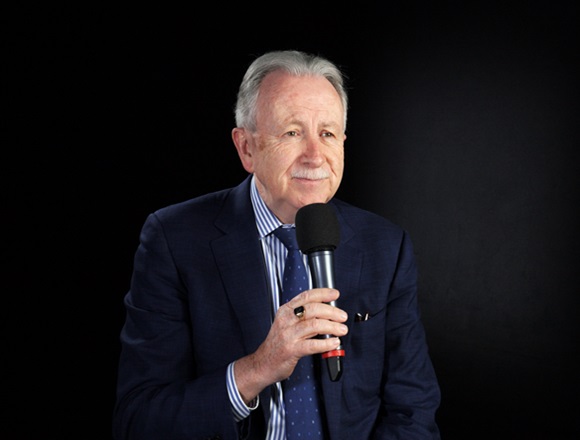Paul O’Byrne, MB, is dean and vice-president of the Faculty of Health Sciences at McMaster University. He is also a Distinguished University Professor of Medicine. His research interests are on the mechanisms and treatment of asthma, particularly the role of environmental allergens and the mechanisms by which these cause airway inflammation. He has served as chair of the executive committee of the Global Initiative for Asthma (GINA).
When does a patient with asthma exacerbation require mechanical ventilation and sedation?
Paul O'Byrne, MB: Fortunately, the need for mechanical ventilation and sedation in acute severe asthma is becoming extremely rare. I was reflecting with some colleagues actually just earlier today that when I was much earlier in my career, as a young trainee doing my clinical training, it was very common to have 1 or 2 patients in an intensive care setting on a mechanical ventilator because of acute severe asthma. Now, my colleagues who work in intensive care settings, at least in the hospitals that I work at, say it’s extraordinarily rare to have this—maybe [there are] 1 or 2 patients per year who actually require that degree of intervention because of acute severe asthma. And indeed, the rate of admission through an emergency room (ER) in Ontario, the place where I work, has fallen by ~80% in the past 10 years, so even [among] patients presenting to the ER with acute asthma, [it] is very much lower.
The kind of circumstance where a patient is considered for requiring sedation and ventilation would be evidence that the patient is tiring. Normally when patients come in or are seen with acute severe asthma, they are actually hyperventilating in an effort to improve airflow, and the partial pressure of carbon dioxide (pCO2) is low in most patients with acute severe asthma. We follow the pCO2 quite carefully in those circumstances, because if it starts showing evidence of being normal or even slightly increasing, that’s very good evidence, clear evidence, that the patient is tiring and that you must consider some either noninvasive ventilatory support or consider mechanical ventilation with sedation. But, as I said earlier, fortunately it’s becoming a very rare event in managing acute severe asthma.
 English
English
 Español
Español
 українська
українська









